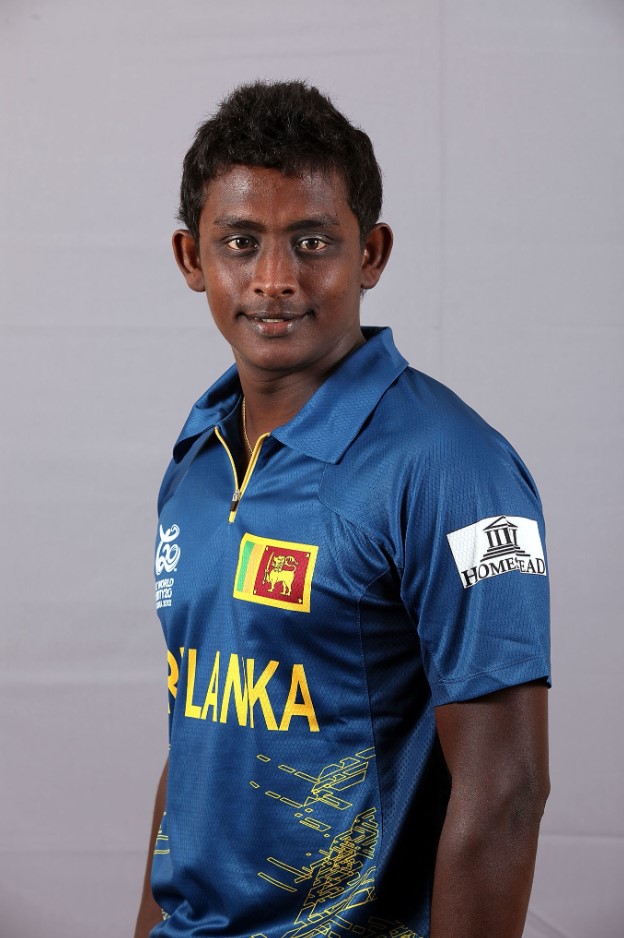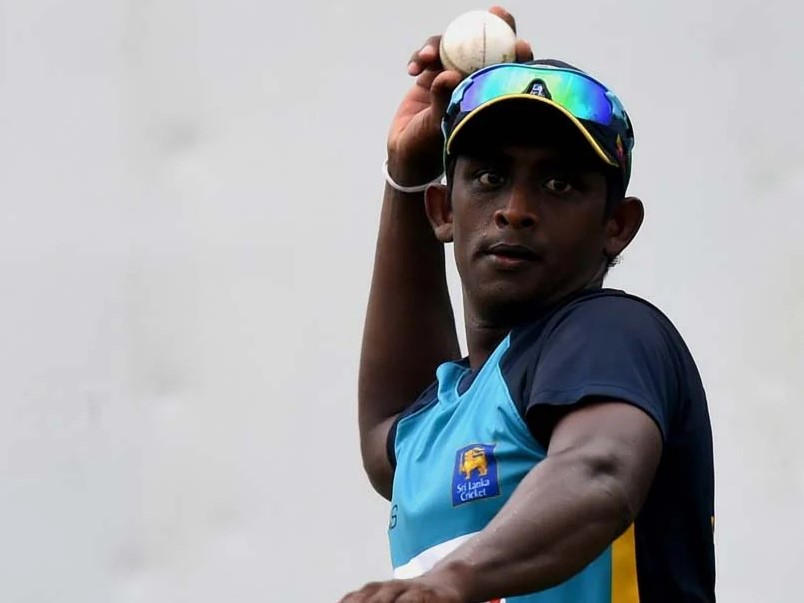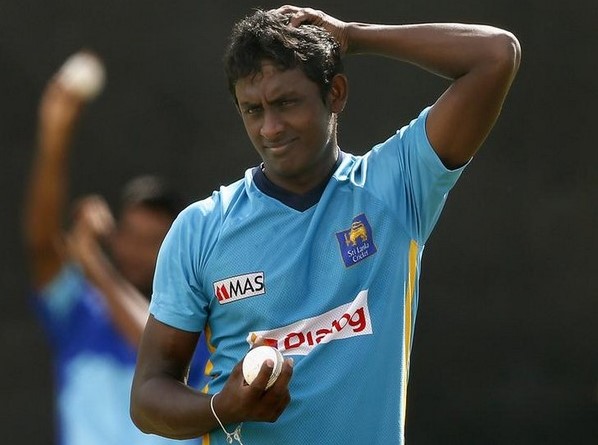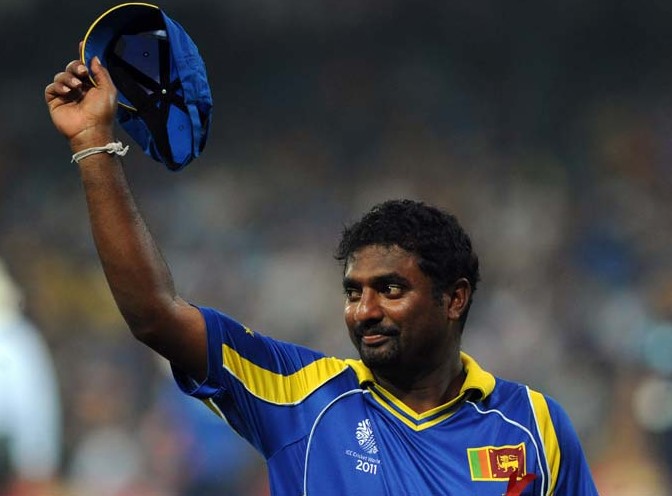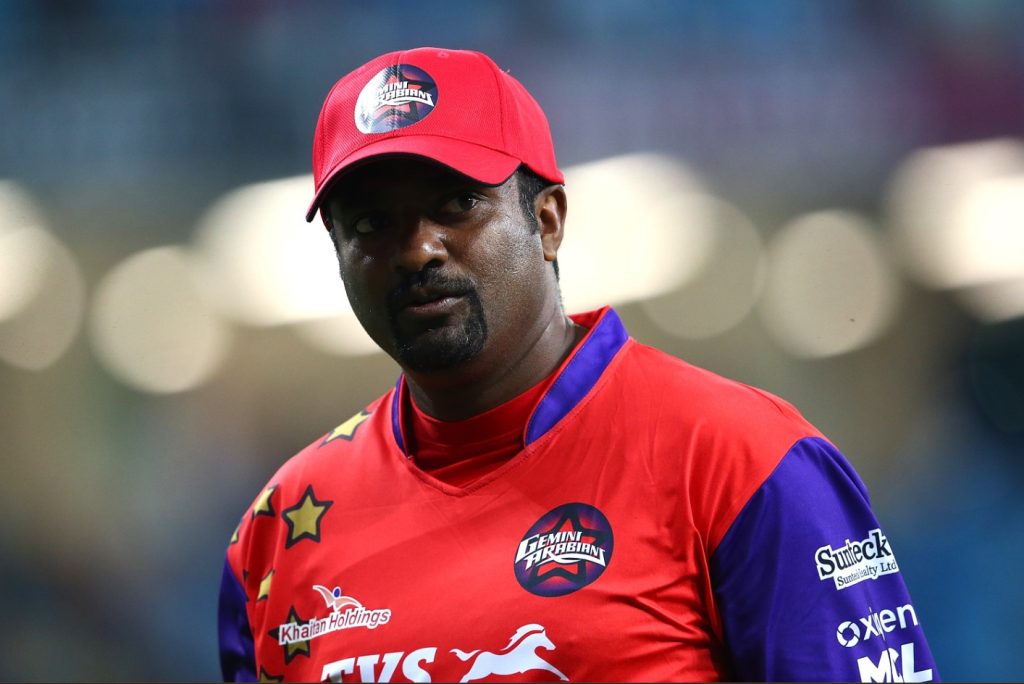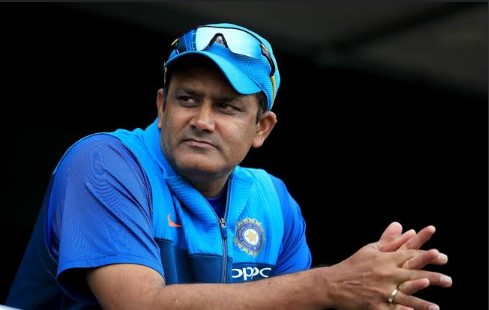Bowler’s Average and Strike Rate 2025
Strike Rate: In the world of cricket, bowlers play a pivotal role in determining the outcome of a match. While the game often focuses on batsmen due to their flashy performances, bowlers are equally essential to the team’s success. To evaluate a bowler’s performance, several metrics are used, among which bowler’s average and strike rate are two of the most important.
These statistics not only reflect the consistency and effectiveness of a bowler but also serve as indicators of their ability to impact the game in different match situations. This article will explore what these metrics mean, how they are calculated, and their significance in assessing a bowler’s performance.
What is a Bowler’s Average?

A bowler’s average is one of the key indicators of their efficiency and consistency. It is defined as the average number of runs conceded per wicket taken by the bowler. A lower average indicates a more effective bowler, as they are giving away fewer runs for each wicket they claim.
Formula for Bowler’s Average
The bowler’s average is calculated using the following formula: Bowler’s Average=Total Runs Conceded/ Total Wickets Taken
For example, if a bowler has conceded 250 runs in 50 overs and taken 10 wickets, their average would be: Bowler’s Average=250/10=25
This means that the bowler is conceding, on average, 25 runs for every wicket they take.
Understanding the Bowler’s Average
- Lower Average: A bowler with a lower average is more economical, meaning they are giving away fewer runs for each wicket they claim. For example, bowlers like Glenn McGrath and Anil Kumble, who consistently had low averages, are considered highly efficient bowlers.
- Higher Average: A higher average indicates that the bowler is conceding more runs per wicket. This could be due to the bowler’s style of play (e.g., attacking bowlers who go for more runs in search of wickets), the conditions in which they are bowling, or their lack of consistency.
What is a Bowler’s SR?

A bowler’s strike rate is another crucial metric used to evaluate their effectiveness. In cricket, the strike rate of a bowler is defined as the average number of balls bowled per wicket taken. A lower strike rate means that the bowler is taking wickets more frequently and is therefore more dangerous.
Formula for Bowler’s SR
The bowler’s strike rate is calculated using the following formula: Bowler’s SR=Total Balls Bowled/Total Wickets Taken
For instance, if a bowler has bowled 300 balls and taken 15 wickets, their strike rate would be: Bowler’s Strike Rate=300/15=20
This means that, on average, the bowler takes a wicket every 20 balls.
Understanding the Bowler’s SR
- Lower SR: A bowler with a low strike rate takes wickets more frequently, which is a sign of a bowler who is consistently threatening the batsmen. Bowlers like Shane Warne and Lasith Malinga are examples of bowlers who maintained low strike rates over long periods, making them very impactful in various formats of the game.
- Higher SR: A higher SR indicates that the bowler is taking fewer wickets for the number of balls bowled. While this does not necessarily mean that the bowler is ineffective, it often suggests that the bowler is more expensive and may be conceding runs frequently in exchange for wickets.
How Average and SR Work Together

Both the average and SR are important indicators of a bowler’s performance, but they measure different aspects of the bowler’s game. While the average tells us how economical the bowler is, the strike rate provides an insight into how often they take wickets.
- A bowler with a low average but a high strike rate might be someone who can consistently bowl tight lines but only gets wickets sporadically.
- A bowler with a high average but a low strike rate could be a bowler who gives away runs but is consistently able to get batsmen out at regular intervals.
The combination of both metrics paints a complete picture of a bowler’s effectiveness. For example, bowlers with both low averages and low strike rates are often considered the most complete bowlers.
Examples of Top Bowlers and Their Metrics
| Bowler | Total Wickets | Total Runs Conceded | Bowler’s Average | Balls Bowled | Strike Rate |
|---|---|---|---|---|---|
| Glenn McGrath | 563 | 22,072 | 21.64 | 35,778 | 38.8 |
| Shane Warne | 708 | 18,830 | 25.41 | 40,197 | 55.7 |
| Muttiah Muralitharan | 800 | 12,400 | 22.72 | 44,035 | 53.9 |
| Anil Kumble | 619 | 14,264 | 29.65 | 40,850 | 62.5 |
| James Anderson | 690 | 26,902 | 26.62 | 42,568 | 60.9 |
Analysis of Top Bowlers
- Glenn McGrath: With an outstanding average of 21.64 and a strike rate of 38.8, McGrath was one of the most consistent and economical fast bowlers in history. His ability to control the run flow while taking wickets regularly made him a key figure for Australia.
- Shane Warne: Despite a slightly higher average of 25.41, Warne’s strike rate of 55.7 is a testament to his ability to take wickets regularly. His ability to turn the ball and bamboozle batsmen helped him become one of the greatest leg spinners in cricket history.
- Muttiah Muralitharan: Muralitharan’s career average of 22.72 and strike rate of 53.9 highlight his domination as a spinner. His skill in extracting turn from almost any surface made him a deadly weapon for Sri Lanka.
- James Anderson: Anderson’s 26.62 average and 60.9 strike rate show his remarkable longevity and consistency in Test cricket, where his ability to swing the ball made him one of the finest fast bowlers of all time.
The Significance of Average and Strike Rate in Different Formats

While the metrics of average and strike rate are important in all formats of the game, their significance varies slightly between formats.
- Test Cricket: In Test cricket, the focus is often on consistency and building pressure over long spells. Therefore, a low average is typically seen as more important than the strike rate, although a good strike rate is still an indication of a bowler’s wicket-taking ability.
- One-Day Internationals (ODIs): In ODIs, both average and strike rate are crucial. A bowler needs to balance containment with wicket-taking ability, especially in the middle overs. A lower economy rate is important, but the ability to break partnerships regularly through a low strike rate is also highly valued.
- T20 Cricket: In T20 cricket, the focus shifts more toward the strike rate, as the format demands more frequent wickets and quick breakthroughs. However, a bowler with a low average will still be highly valued, as they can control the run rate even while bowling aggressive deliveries.
In conclusion, a bowler’s average and strike rate are two of the most important metrics to evaluate a bowler’s performance in cricket. Both indicators provide insights into different aspects of a bowler’s game—average indicating how economical a bowler is, and strike rate revealing their frequency of taking wickets. By analyzing both metrics together, one can gain a deeper understanding of a bowler’s overall effectiveness and impact on the game. Whether in Test cricket, ODIs, or T20s, bowlers with both low averages and strike rates are often considered the most dangerous and complete bowlers in the world of cricket.
